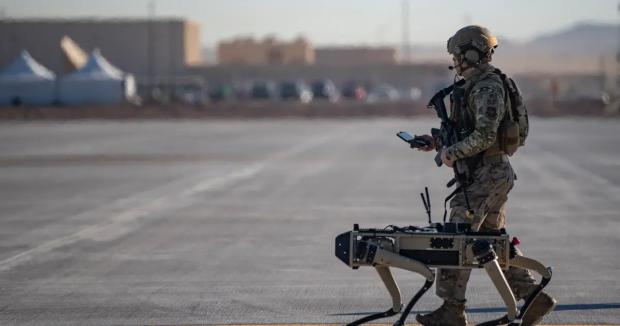
Breaking News
 Windows 10 is DEAD in 2025? -- Here's How I Run It SAFELY Forever (No Updates)
Windows 10 is DEAD in 2025? -- Here's How I Run It SAFELY Forever (No Updates)
 GENIUS ACT TRIGGERED: The Biggest BANK RUN in History is COMING – Prepare NOW
GENIUS ACT TRIGGERED: The Biggest BANK RUN in History is COMING – Prepare NOW
 European Billionaires Funneled $2 Billion into NGO Network to Fund Anti-Trump Protest Machine
European Billionaires Funneled $2 Billion into NGO Network to Fund Anti-Trump Protest Machine
 Japan Confirms Over 600,000 Citizens Killed by COVID mRNA 'Vaccines'
Japan Confirms Over 600,000 Citizens Killed by COVID mRNA 'Vaccines'
Top Tech News
 HUGE 32kWh LiFePO4 DIY Battery w/ 628Ah Cells! 90 Minute Build
HUGE 32kWh LiFePO4 DIY Battery w/ 628Ah Cells! 90 Minute Build
 What Has Bitcoin Become 17 Years After Satoshi Nakamoto Published The Whitepaper?
What Has Bitcoin Become 17 Years After Satoshi Nakamoto Published The Whitepaper?
 Japan just injected artificial blood into a human. No blood type needed. No refrigeration.
Japan just injected artificial blood into a human. No blood type needed. No refrigeration.
 The 6 Best LLM Tools To Run Models Locally
The 6 Best LLM Tools To Run Models Locally
 Testing My First Sodium-Ion Solar Battery
Testing My First Sodium-Ion Solar Battery
 A man once paralyzed from the waist down now stands on his own, not with machines or wires,...
A man once paralyzed from the waist down now stands on his own, not with machines or wires,...
 Review: Thumb-sized thermal camera turns your phone into a smart tool
Review: Thumb-sized thermal camera turns your phone into a smart tool
 Army To Bring Nuclear Microreactors To Its Bases By 2028
Army To Bring Nuclear Microreactors To Its Bases By 2028
 Nissan Says It's On Track For Solid-State Batteries That Double EV Range By 2028
Nissan Says It's On Track For Solid-State Batteries That Double EV Range By 2028
The Air Force Just Tested "Robot Dogs" For Use In Base Security

They look like they were cast straight from an episode of Black Mirror, and eventually, their mission could be similar in some ways, but for now, robot dogs are stretching their legs in the big test exercise environment for the United States Air Force.
Last week, the U.S. Air Force hosted the second demonstration of its new Advanced Battle Management System (ABMS), a digital battle network system designed to collect, process, and share data among U.S. and allied forces in real-time. The ABMS has already undergone several tests, including a live-fire exercise earlier this year conducted with data and communications provided, in part, by SpaceX Starlink satellites.
The highlight of last week's demonstration was the use of multiple distributed sensors to detect and shoot down mock Russian cruise missiles. The system involves 5G and 4G networks, cloud computing systems, and AI systems to provide an unprecedented level of situational awareness and course of action decision making. ABMS is a top modernization priority for the Department of the Air Force, which is dedicated $3.3 billion over five years to develop and deploy the architecture and related systems. Senior Air Force leaders cite the system as one of the most pressing capabilities for success in several key theaters of operations.

 Carbon based computers that run on iron
Carbon based computers that run on iron

